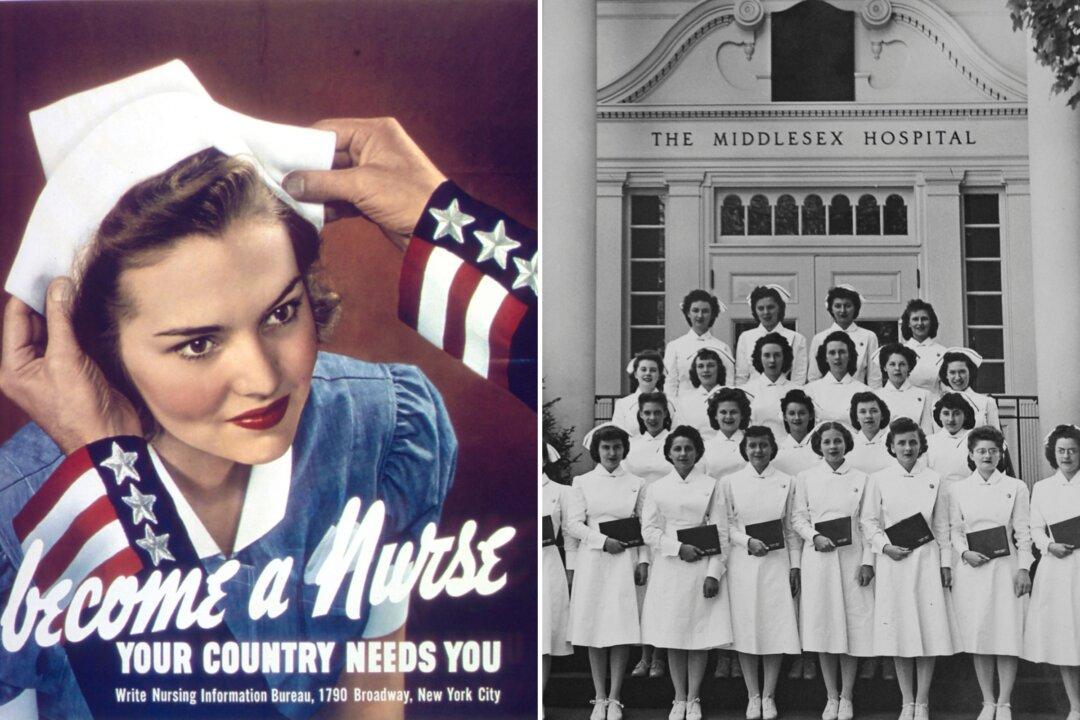It all began in an automotive repair shop in the hilly Northern California town of San Luis Obispo.
Born into a family of tinkerers and mechanics, Rory Cooper had always been a curious young man and frequently looked over his parents’ shoulders as they addressed a myriad of mechanical problems at their automotive repair shop. “I didn’t really want to be a mechanic,” Cooper recalled. “What drove me was an interest in becoming an engineer: to understand how things work and design new things, rather than fix other people’s things.”
But many members of the Cooper family had also served in the military, including his father. So young Rory joined the Army as a volunteer in 1976. Four years later, tragedy struck in Germany when a vehicle hit Cooper while he rode his bicycle. The accident damaged the 20-year-old’s spinal cord, and Cooper was paralyzed from the waist down.





